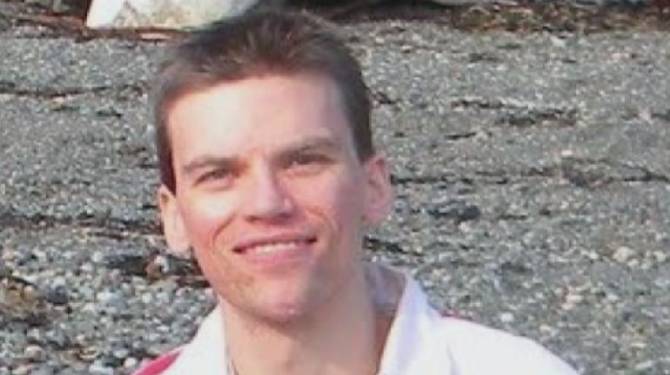A jury has recommended four changes arising from the inquest into the death of Traigo Andretti, a 40-year-old man twice convicted of murder.

Andretti’s body was found in a cell at Saskatoon’s Regional Psychiatric Centre (RPC) on July 2, 2016.
Jurors recommended mandatory mental health training for RPC staff and correctional officers, along with less rotation of correctional officers between units and increased communication between mental health providers and officers.
The jury’s fourth proposed change was directed at forensic psychiatrist Dr. Azaad Baziany, recommending inmates should spend more time in a period of self-reported mental stability before receiving less monitoring by camera.
Jurors concluded Andretti committed suicide by cutting his arm.
Baziany, the last of thirteen witnesses to testify over three days, told the inquest Andretti was taken off mental health monitoring days before his death.
He also stated Andretti was deemed a psychopath.
To better understand Andretti, he was analyzed using a diagnostic tool known as the Hare Psychopathy Checklist.
“According to that scale, he was a psychopath,” Baziany told an inquest jury Wednesday.

Get breaking National news
Traits of a person who scores in the psychopathic range on the test can include lying, a lack of remorse and criminal activity, jurors heard.
WATCH BELOW: Inquest into the death of Traigo Andretti at Saskatoon’s Regional Psychiatric Centre
During one assessment, a staff member noted Andretti showed possible signs of a personality disorder or autism spectrum disorder, Baziany said.
However, there was no formal diagnosis of a mental disorder because Andretti didn’t meet the full criteria, according to Baziany.
Andretti was serving an indeterminate sentence for murdering and dismembering two women.
In 2014, he was convicted of first-degree murder in the death of his wife Jennifer McPherson in British Columbia. Following his conviction, he pleaded guilty to second-degree murder in the 2006 death of Myrna Letandre in Winnipeg.
In April 2016, Andretti was an emergency transfer from Stony Mountain Institution near Winnipeg, Baziany said, due to his self-harming behaviour.
Roughly nine weeks later, correctional officers discovered Andretti’s body stomach down, legs apart with a wounded left arm hanging off the bed, bleeding into a makeshift basin on the floor.
Saskatoon police found multiple apparent suicide notes in the cell, one of which began with the phrase “what a fine day to die.”
Andretti told RPC staff that in conversation with his mother, the inmate told her he was trying to kill himself, but wasn’t successful.
No weapon was ever found, even after an X-ray of Andretti’s body. Staff concluded Andretti flushed the blade down the toilet.
During hourly overnight checks through a cell door window, former RPC correctional officer Jeff Salyn told the inquest Andretti “appeared to be sleeping.”
During testimony the following day, the RPC’s acting warden testified that checks on Andretti were “done too quickly.”
Salyn was placed on administrative leave during a review, though he resigned before the review’s completion, according to the acting warden. As of Monday, Salyn was employed at the Saskatoon Correctional Centre.
Inquests are not meant to determine criminal or civil liability.
A jury is tasked with determining a person’s medical cause of death, the manner in which the death happened, while possibly providing recommendations to prevent future deaths.










Comments